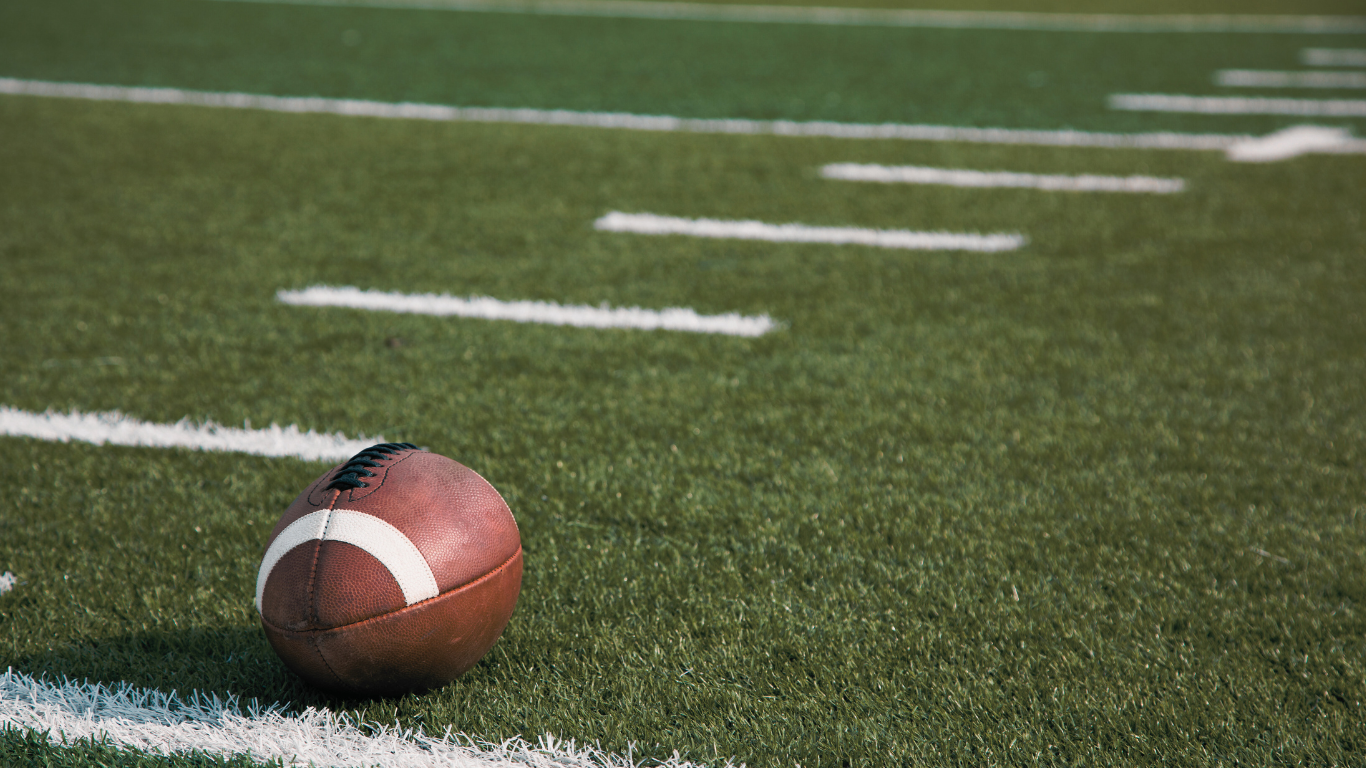
TOP 20
COMMERCIALS
Is the Super Bowl a football game interrupted by commercials, or commercials interrupted by a football game? The NFL championship is the rare live sporting event that has viewers looking forward to ad breaks, thanks to a tradition of star-studded, big-budget, high-concept commercials.
American football’s Super Bowl, played between the winners of the NFL's National and American Football Conferences, is one of the biggest annual sporting events globally. Each year companies compete to secure one of the coveted 30-second advertisement slots and establish long-term deals with the league. Football’s inherent compatibility with television—the built-in pauses, for instance, make for easy commercial transitions—gave the game a special relationship with television from the start. CBS and NBC, who owned air rights to the NFL and AFL, respectively, had agreed to simultaneously broadcast the first championship game. It wouldn’t be until its third iteration in 1969 that the title game was formally renamed the Super Bowl.
APPLE | 1984 | APPLE WILL INTRODUCE THE MACINTOSH (1984)
SNICKERS | BETTY WHITE & ABE VIGODA (2010)
From the earliest Super Bowl, the networks had their eyes on the advertiser first, as best explained by an on air situation involving entertainer Bob Hope. During halftime, Hope went too long in an interview with an NBC broadcaster, and because of that the network was still running commercials when the gameplay resumed. That meant while CBS viewers were watching the second-half kickoff, NBC viewers were stuck on a Winston cigarette commercial. Once the referee’s realized NBC was still on break, they called the play dead while the ball was still in the air, forcing a second kickoff so that everyone watching at home could witness it.
In the 1967 NFL championship game, companies were able to advertise on NBC for $37,500 for a 30-second spot, while CBS charged $42,500 for the same length. A few spots made their debut during the first NFL championship, but already they carried considerable clout. However, it would take until a 1973 commercial starring Super Bowl III MVP Joe Namath and actress Farrah Fawcett for Noxzema Shave Cream to make a true impact in Super Bowl advertising history.
Many marketing historians credit Apple as being the originator of the blockbuster Super Bowl ads with their 1984 Macintosh commercial. At the time, Apple was a rising star in the tech industry but faced the threats of their competitor IBM dominating the market. Their ambitious ad campaign cost almost $400,000 to produce, and twice as much to air. But it also helped Apple’s brand gain leverage and opened the floodgates for the campaigns that would follow.
COCA COLA | “HEY KID, CATCH!” | MEAN JOE GREEN (1980)
Here are some milestones in pricing a 30-second Super Bowl commercial over the years:
1967: $40,000 (avg.)
1973: $100,000
1985: $500,000
1995: $1 million
2000: $2 million
2009: $3 million
2013: $4 million
2017: $5 million
2021: $6M
2025: $7M
MCDONALDS | THE SHOWDOWN | MICHAEL JORDAN & LARRY BIRD (1993)
There are always 3 questions when a commercial is produced: Does the ad build the brand? Does the message blow away the competition? Does it engage viewers enough to drive sales?
However, these ads are often seen and talked about BEFORE the Super Bowl airs on Instagram, Snapchat, Facebook, You Tube… and the buzz that happens the day of the game and the week after. These conversations enhance brand awareness, sometimes up to 300-400%. To an advertiser, Super Bowl commercials are worth every penny.






